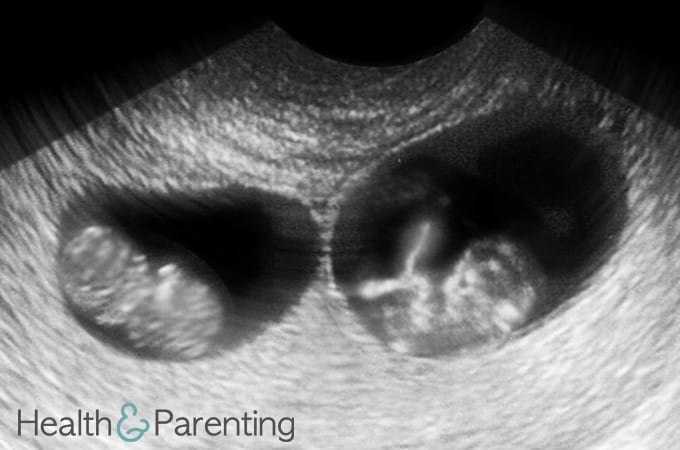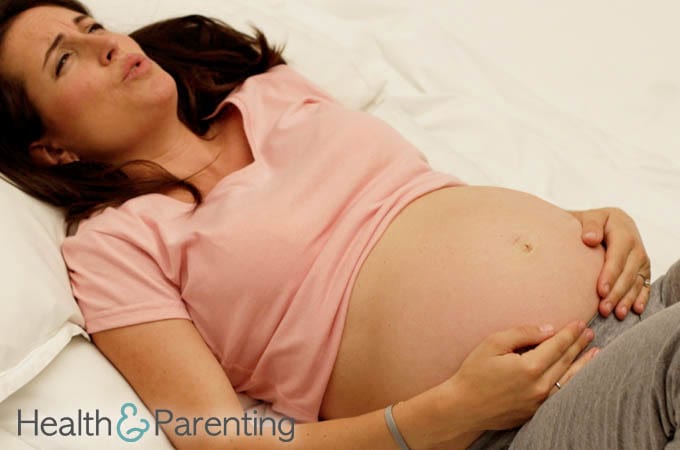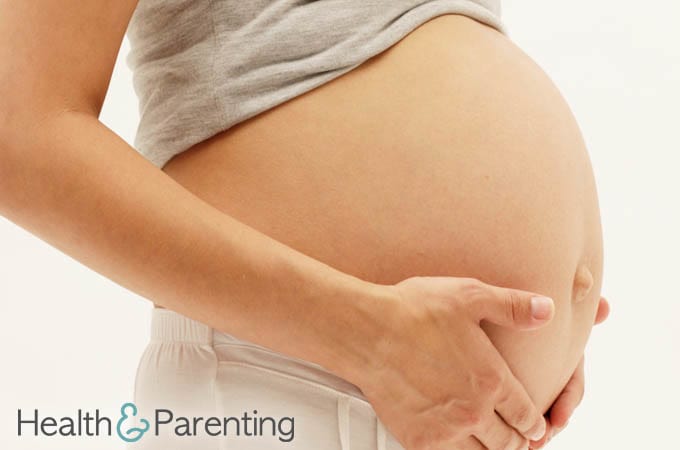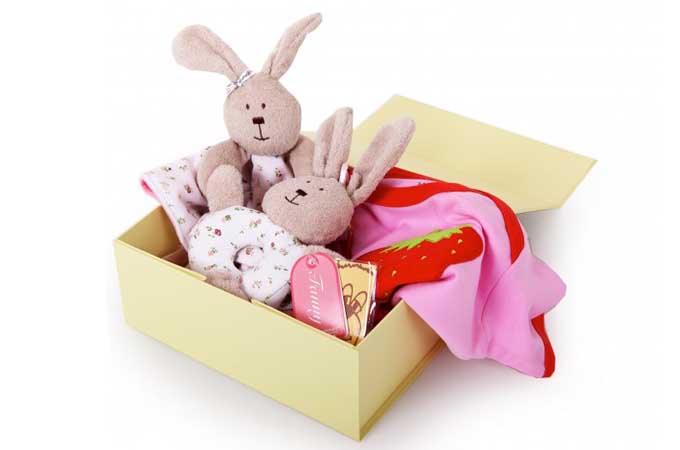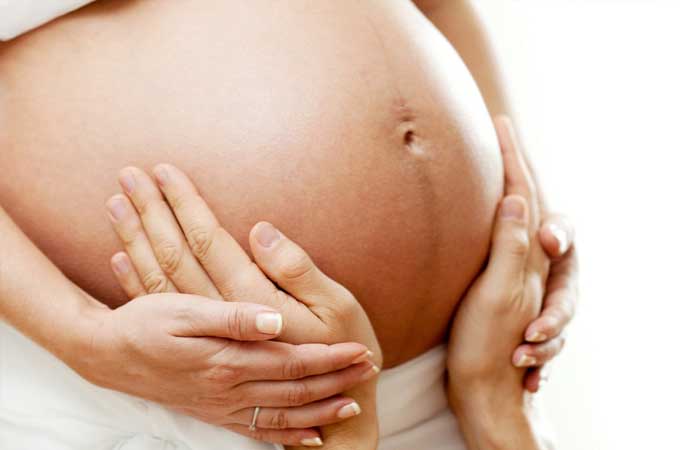You just arrived at the hospital with regular contractions every 5 minutes, the nurse puts you in the triage room and a resident shows up to do a vaginal exam. As she does the exam, the mumbles to the nurse:
”Intact bag…70…2…-1…OA….”. You think you’re back in school! What do all these numbers and comments mean?
When your OB or midwife does an internal exam during labor, they check on several things:
- How effaced your cervix is
- How open the cervix is
- Where the baby’s head is (low or high in the pelvis)
- The position of the head
- Whether your water has broken
When your OB says “bag intact” it means your water hasn’t broken. If the water had broken, (s)he’d say „clear amniotic fluid“ or even „meconium“ which means that your baby has let some bowel movement into the water.
“70” means how many % the cervix has effaced. During pregnancy the cervix should be 0% effaced, at birth the goal is 100%. The first hours of birth the cervix effaces to 70% or 80%, only then the cervix slowly starts to open. Sometimes you are 100% effaced and 1cm dilated. This means your cervix is “thinned out” and usually opens a bit faster.
The number 1-10 looks at the dilation of your cervix. In the above case the cervix is only 2cm dilated which means you are not in active labor yet and most likely can go back home for now- if you want of course. Active labor starts at 5-6cm. Once you reach 10cm you have the urge to push and enter a new phase of labor.
The number -1 looks at the height of your baby’s head in the pelvis. Your little one could be way above the pelvis at -3, then moves down to -2, -1 and 0. 0 means your baby is in the most narrow part of the pelvis. From there we go to +1, +2, +3 and +4 which is the actual birth. The more + we have during labor, the better.
OA means your baby’s head is in a “occiput anterior” position. Your little one’s back should be facing your belly, not your spine. OA therefore is a good position. OP means “occiput posterior” which means your baby still needs to make a turn to fit better through your pelvis.
Of course this is a lot of information so make sure to ask your OB or midwife if everything looks fine. Most of the time this is the case and if baby still needs to come down a bit your doula will move you into good positions to support the progress of labor.
What cryptic terms have you heard during birth?
Stephanie Heintzeler, Midwife and Doula, www.thenewyorkdoula.com
This information is not intended to replace the advice of a trained medical doctor. Health & Parenting Ltd disclaims any liability for the decisions you make based on this information, which is provided to you on a general information basis only and not as a substitute for personalized medical advice. All contents copyright © Health & Parenting Ltd 2018. All rights reserved.


